Another Day, Another Tariff
Trump’s new tariffs have taken effect, including a 25% levy on Indian imports and plans for a 100% tariff on foreign semiconductors, while threatening further penalties on China and others over Russian oil ties. India now faces a cumulative 50% tariff, with implementation staggered over 21 days. Despite the escalation, U.S. equities rose (S&P 500 +0.73%, NDX +1.29%), and European futures gained 0.51%. Crypto markets are rebounding modestly (BTC +0.9% to $114.9K, ETH +2.1%), though still negative WoW. Derivatives skew remains slightly put-biased (~2%), but falling volatility points to weaker demand for optionality. Ethereum activity hit ATHs in both daily transactions (1.74M) and July monthly volumes (46.67M).

Daily Updates:
- Yesterday evening, a new wave of tariffs announced by President Donald Trump officially took effect, as he reported on Truth Social:
- “RECIPROCAL TARIFFS TAKE EFFECT AT MIDNIGHT TONIGHT! BILLIONS OF DOLLARS, LARGELY FROM COUNTRIES THAT HAVE TAKEN ADVANTAGE OF THE UNITED STATES FOR MANY YEARS, LAUGHING ALL THE WAY, WILL START FLOWING INTO THE USA.”
- India was among the most directly affected. On Wednesday, Trump signed an executive order imposing an additional 25% tariff on Indian imports, citing the country’s continued purchase of Russian oil. The new duty, set to take effect in 21 days, comes on top of a country-specific 25% tariff already implemented at midnight. Trump, speaking earlier this week, accused India of financing Russia’s war effort, saying, “They’re fuelling the war machine.” This move marks a significant escalation in economic pressure against nations maintaining strong ties with Moscow.
- China, too, faces potential tariff hikes over similar concerns. Trump warned that Beijing’s continued imports of Russian oil could soon be met with punitive duties. While exact figures were not specified, the message was clear: countries perceived as supporting Russia economically could be next in line for severe trade penalties.
- Even traditionally neutral countries weren’t spared—Switzerland, for example, now faces tariffs climbing up to 39%, a sharp increase for a developed nation with a typically balanced trade relationship.
- Trump also announced plans to impose a 100% tariff on all foreign computer chips, a move that could significantly raise the cost of electronics, autos, household appliances and other goods. Trump said during a meeting in the Oval Office with Apple CEO Tim Cook that “We’ll be putting a tariff of approximately 100% on chips and semiconductors, but if you’re building in the United States of America, there’s no charge.”
- According to the president, the policy is designed to protect and incentivize domestic chip production, sparing U.S.-based manufacturers from the hefty import tax. The announcement comes amid heightened concerns about supply chain resilience, particularly after the Covid-19 pandemic exposed critical vulnerabilities in global chip availability—issues that contributed to soaring car prices and broader inflationary pressures.
- The conversation wasn’t just about tariffs—Trump used the opportunity to secure a major investment commitment from one of the world’s largest tech companies. Apple will invest an additional $100B in U.S.-based manufacturing over the next four years, on top of the $500B it pledged earlier this year. With this latest promise, the company’s total domestic investment now reaches a staggering $600B, aligning closely with Trump’s long-standing push to bring high-tech manufacturing back to American soil.
- US equities appear so far unphased by the return of Trump’s tariff rhetoric – US equities have continued their recovery from Friday’s (Aug 1st) shock downwards revision to NFP estimated, with S&P 500 (+0.73%) and NDX (+1.29%) closing higher yesterday evening, and European S&P futures rising 0.51% from today’s open.
- We're seeing a broad-based march higher in crypto too, with , but few have erased the selloff at the beginning of the month. BTC trades at $114.9K, up less than 1% on the day but down 3.02% on the week. ETH trades similarly lower on the week (-3.65%), but has posted a stronger recovery of 2.11%.
- Signs of recovery in sentiment are clearest in derivatives markets, however, if not fully complete – volatility smile skew still points to a slight preference (close to 2% in favour of puts) for OTM puts at short tenors in both BTC and ETH markets, but have rowed back on much of the
- The return to a more neutral skew came alongside a drop in outright volatility levels, indicating far less demand for optionality and pushing short-tenor BTC levels to historic lows.
- Ethereum’s daily transactions have surged to a new all-time high, surpassing the 2021 peak, as stablecoins and ETH treasury strategies drive growth, a topic we covered in our previous report. On August 5, Ethereum’s seven-day moving average of daily transactions hit 1.74M, topping the previous record of 1.65M set on May 12, 2021.
- July also marked the busiest month in Ethereum’s history, with a total of 46.67M transactions recorded on the network. Active addresses climbed as well, reaching 683,520 on August 5, edging closer to the all-time high of 743,730 from May 2021.
- World Liberty Financial (WLFI) have partnered with Crypto exchange Gate to launch a WLFI USD1 Point program “soon” which rewards users for trading and holding the stablecoin and joining the USD1 Launchpad.
- BOB (Build on Bitcoin), a project focused on expanding the Bitcoin DeFi ecosystem, has raised $9.5M in a new strategic funding round, bringing its total capital raised to $21.1M.
This Week’s Calendar:
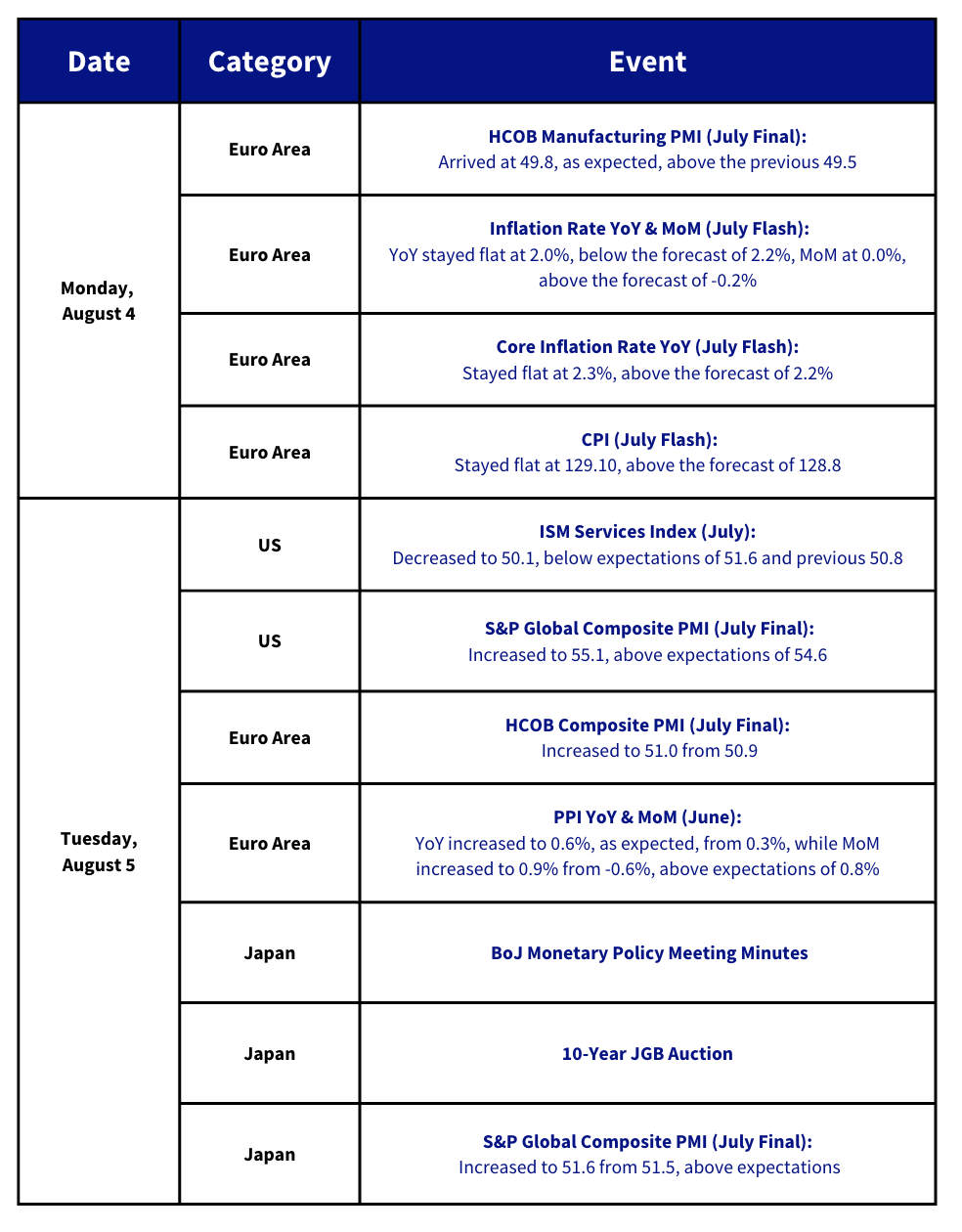
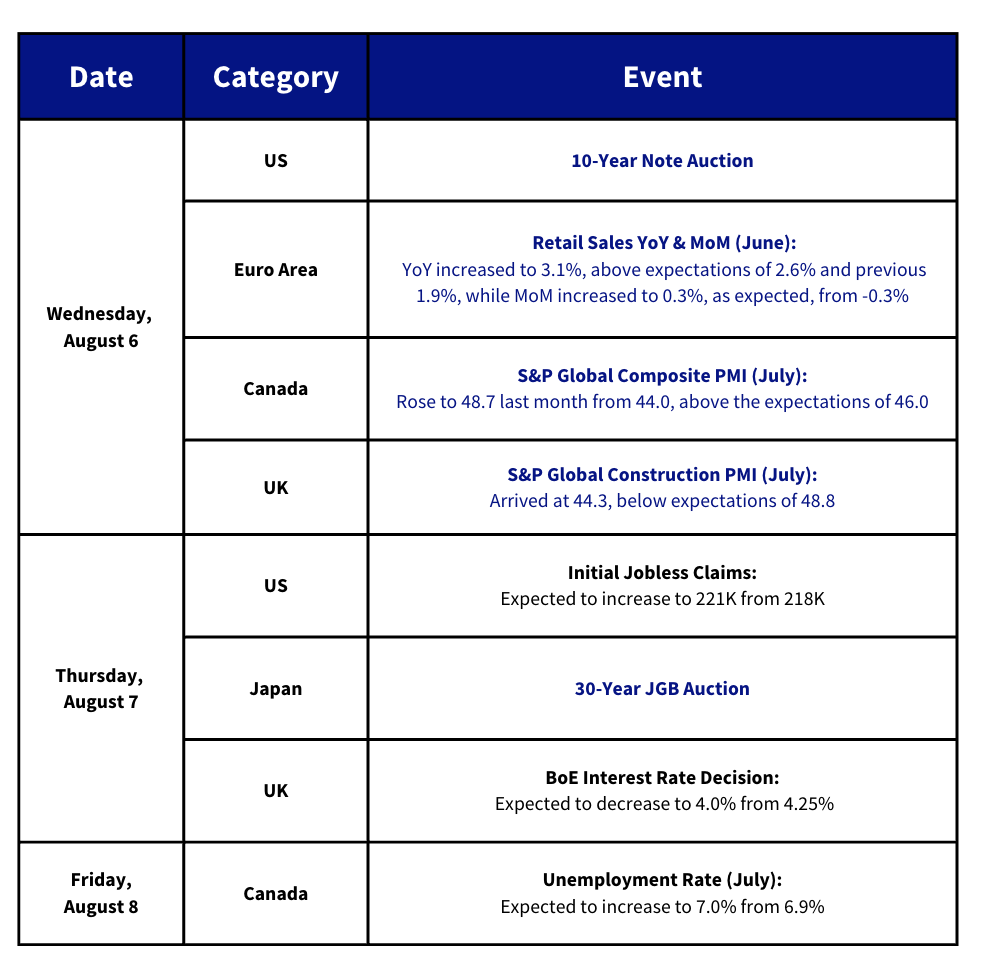
Charts of the Day:
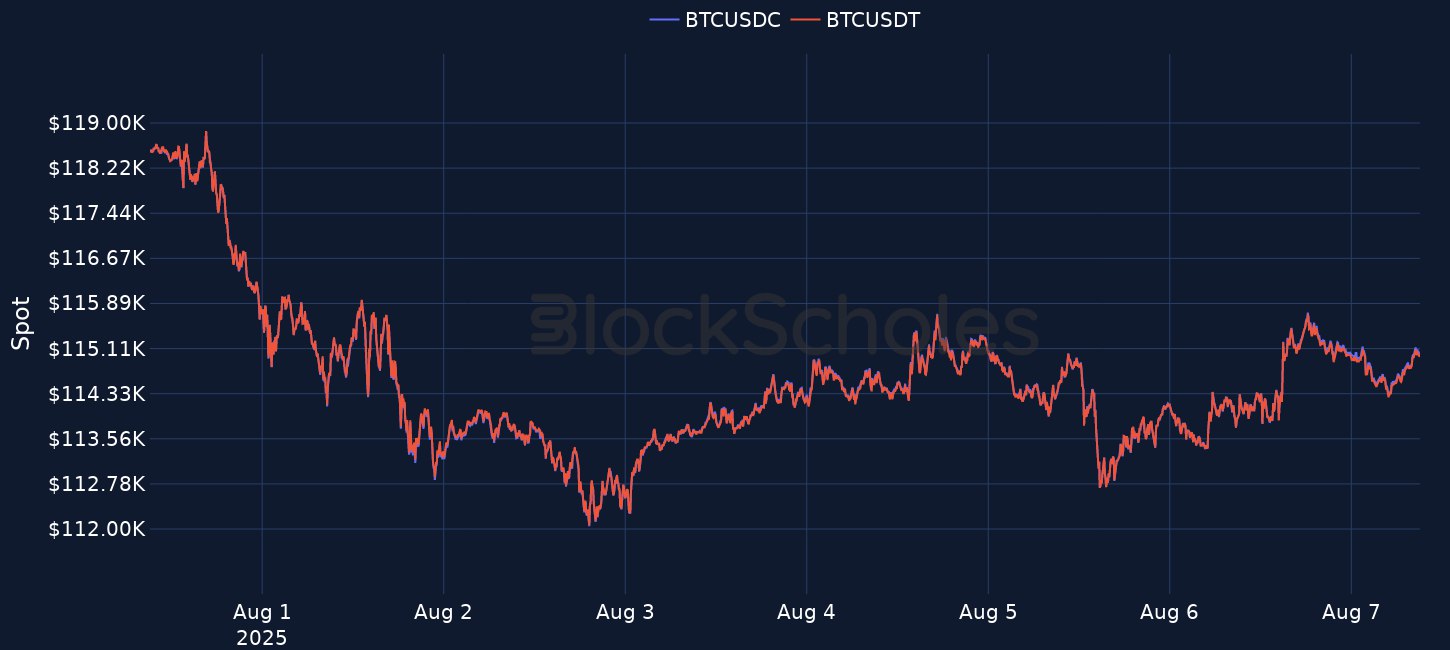
Figure 1. BTC Spot Price. Source: Deribit, Block Scholes
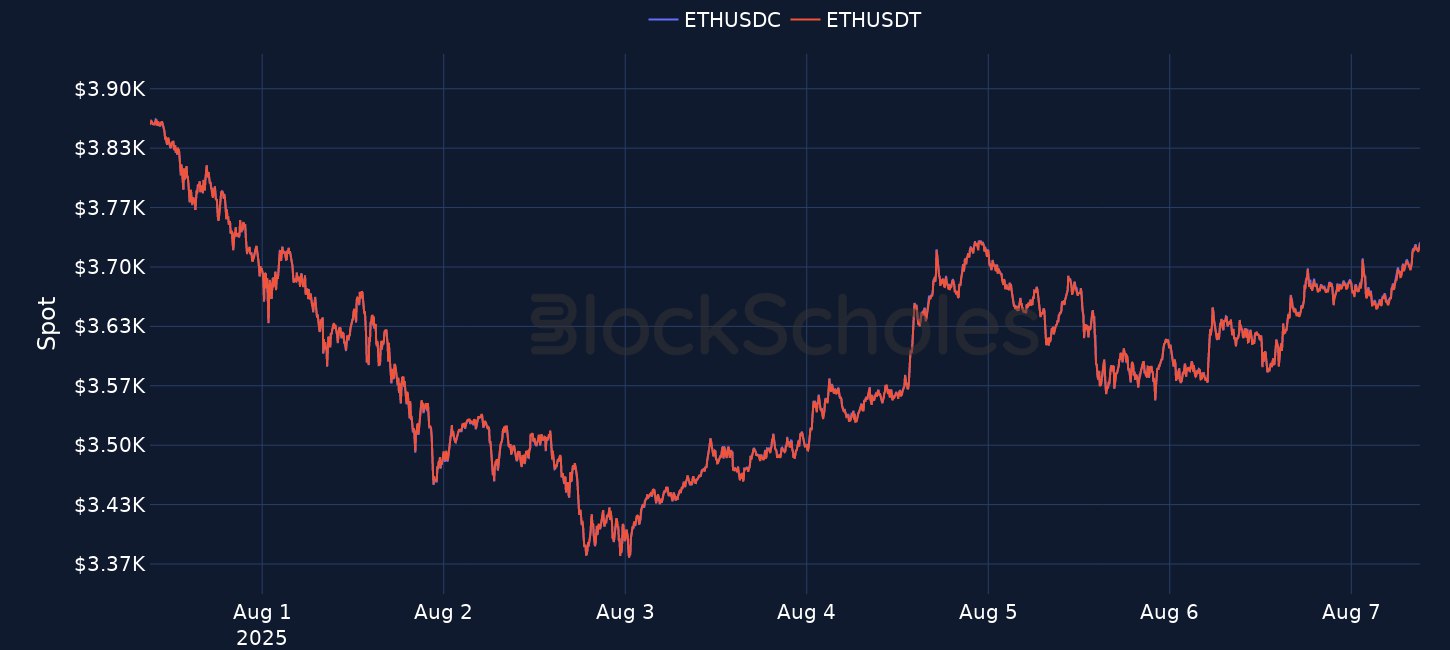
Figure 2. ETH Spot Price. Source: Deribit, Block Scholes
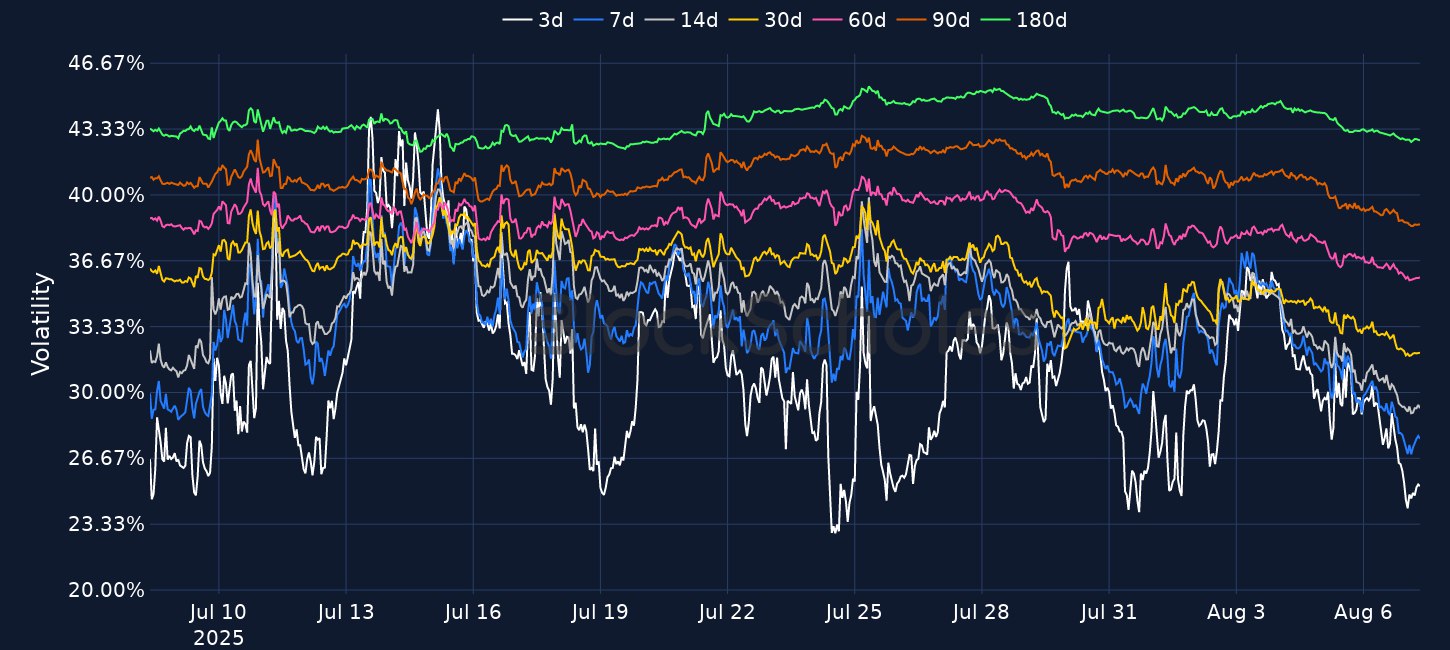
Figure 3. BTC at-the-money implied volatility across selected tenors. Source: Deribit, Block Scholes
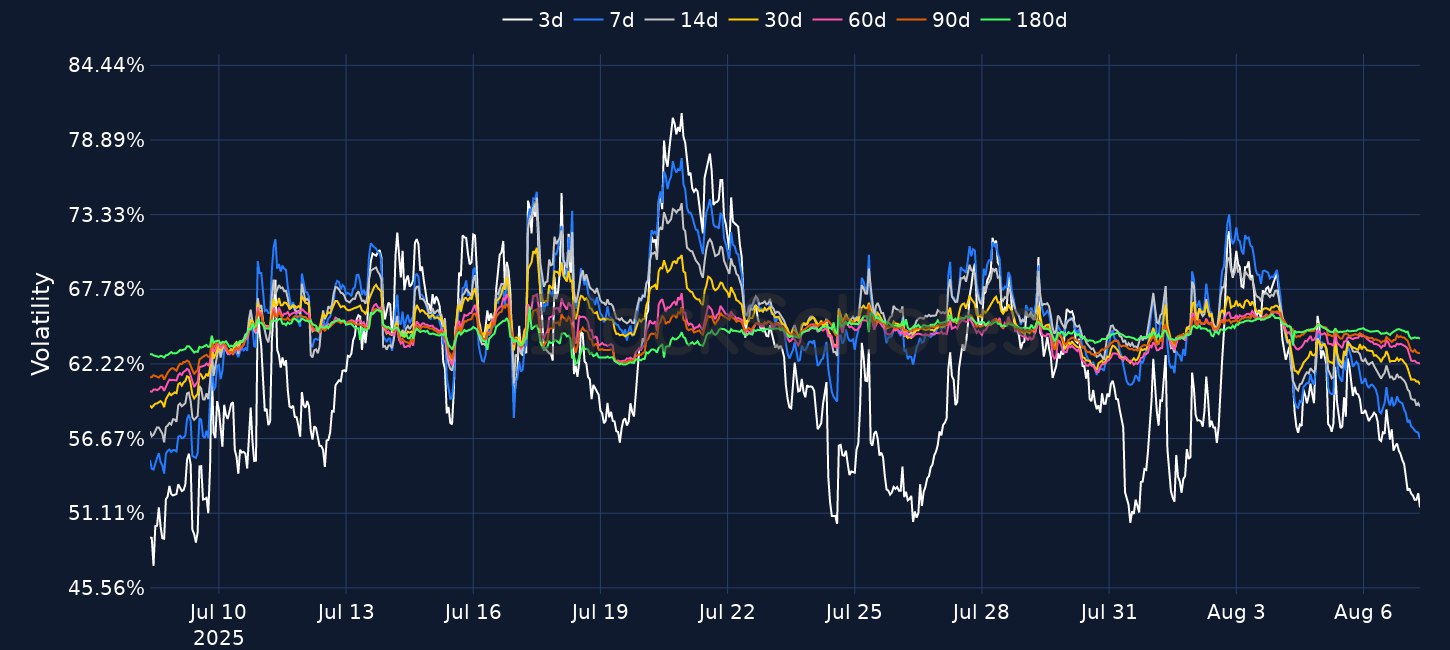
Figure 4. ETH at-the-money implied volatility across selected tenors. Source: Deribit, Block Scholes
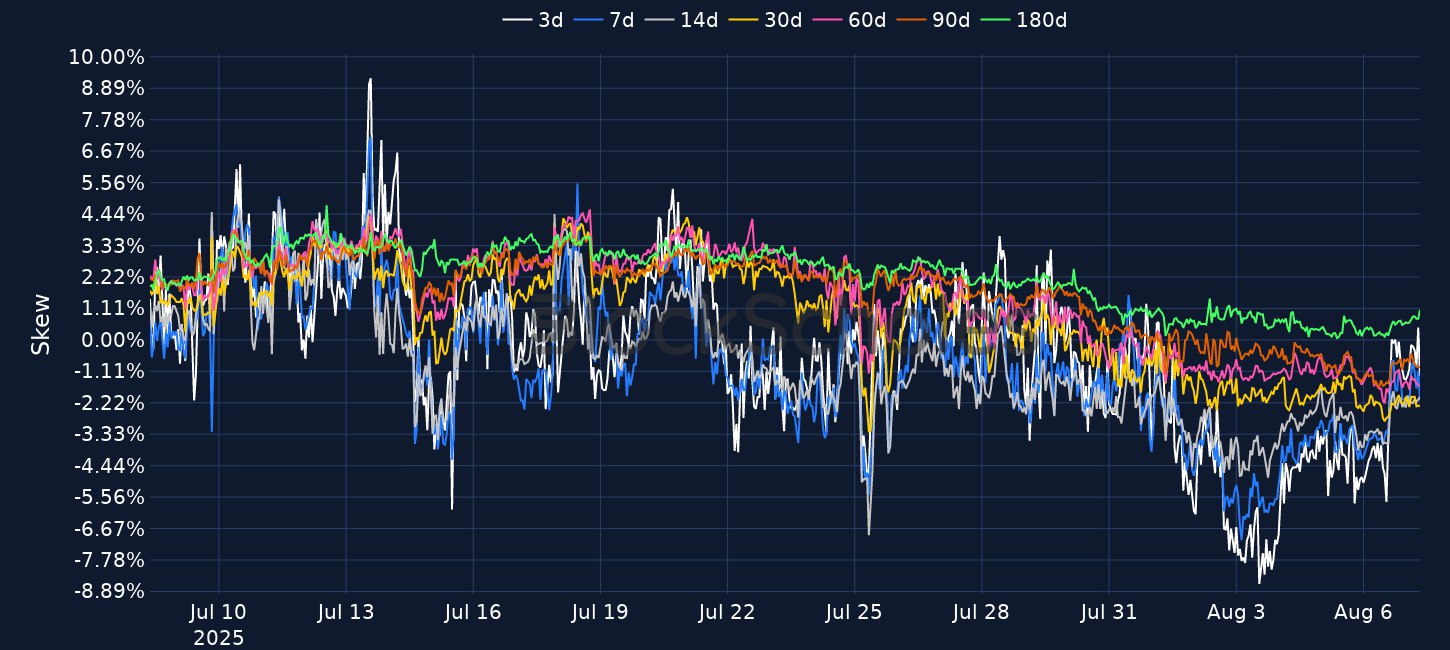
Figure 5. BTC 25-delta put-call skew ratio across selected tenors. Source: Deribit, Block Scholes
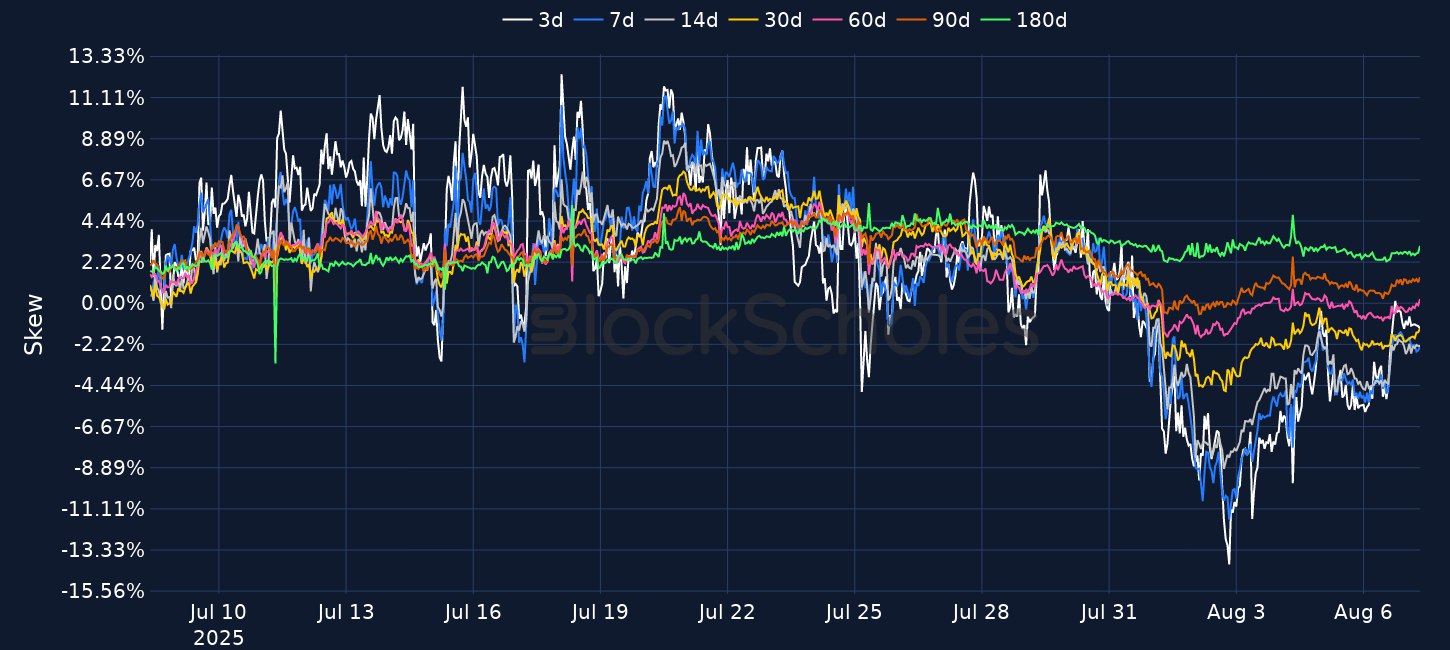
Figure 6. ETH 25-delta put-call skew ratio across selected tenors. Source: Deribit, Block Scholes
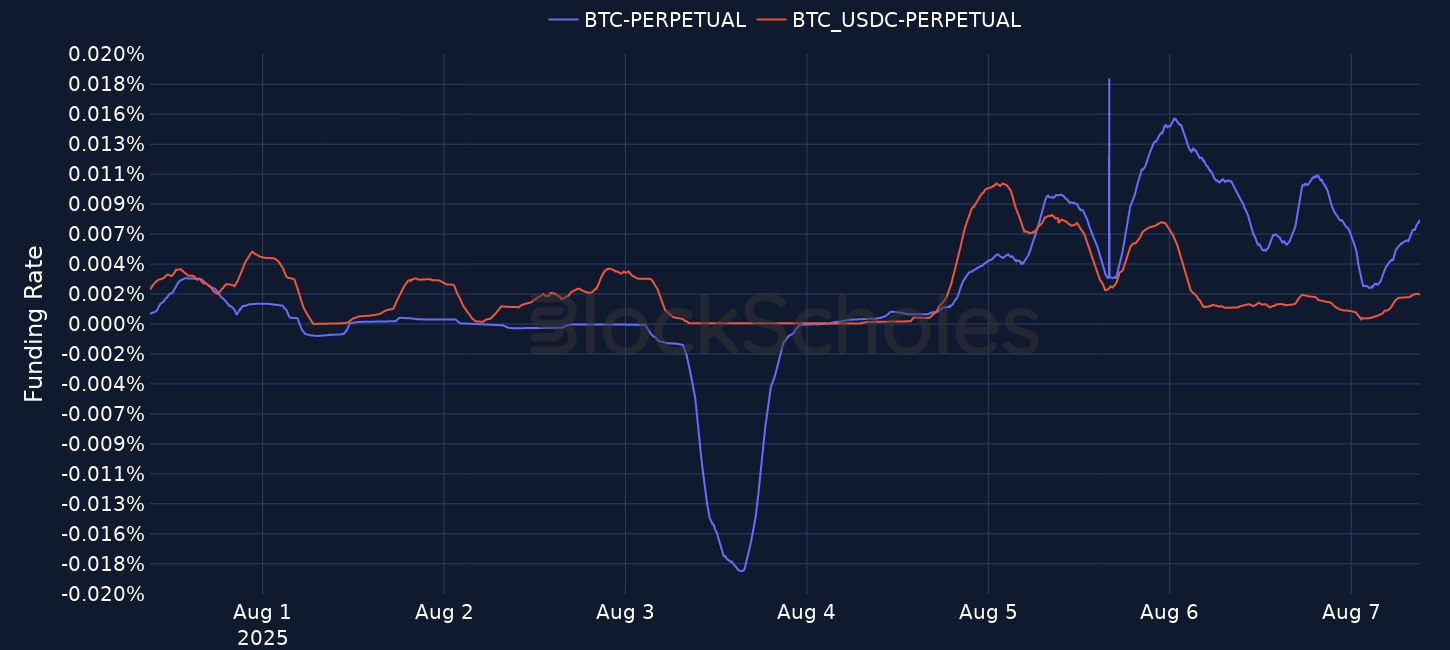
Figure 7. BTC 8-hourly funding rate charged to long holders of perpetual swaps. Source: Deribit, Block Scholes
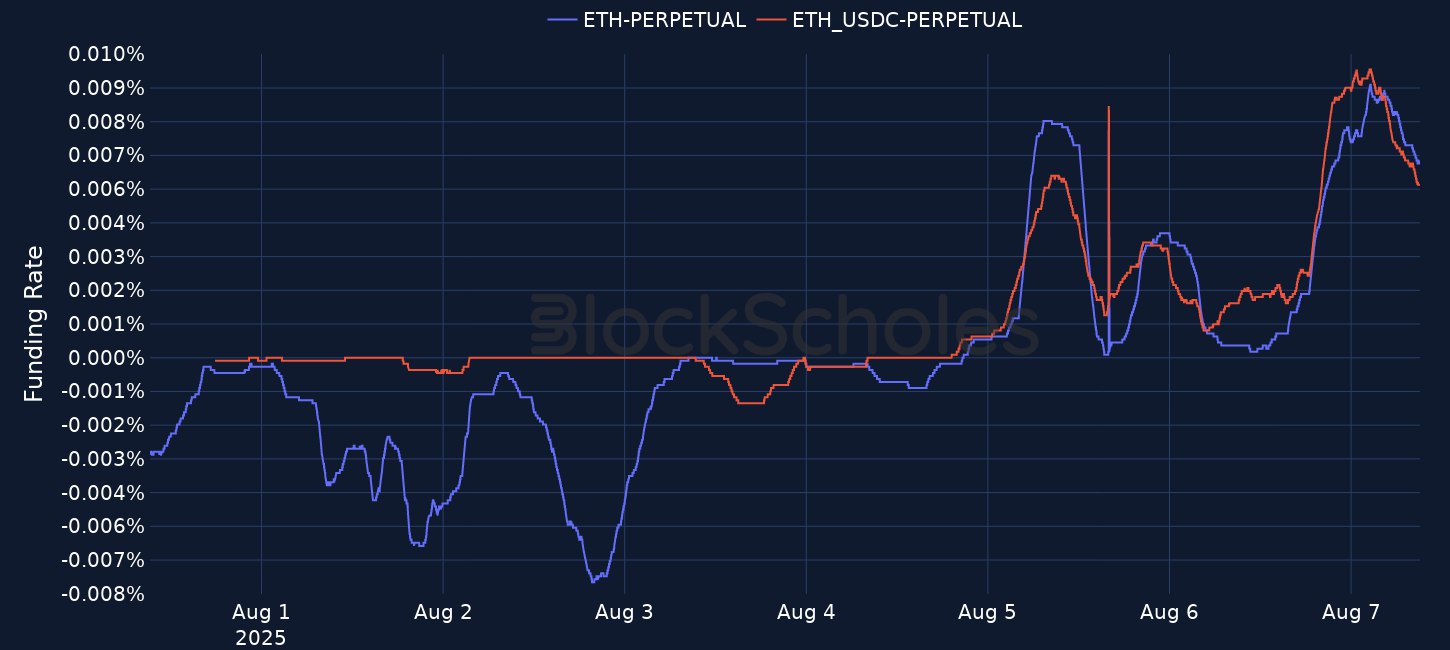
Figure 8. BTC 8-hourly funding rate charged to long holders of perpetual swaps. Source: Deribit, Block Scholes




